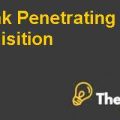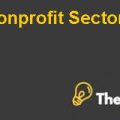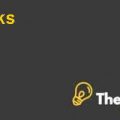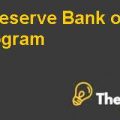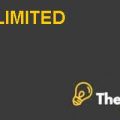
FIXED INCOME SECURITIES TERM PAPER Case Solution
FIXED INCOME SECURITIES TERM PAPER – HIGH YIELD CORPORATE BONDS
Introduction
There are many different types of the fixed income securities which offer its investors higher as well as lower returns. However, the level of the return is decided by the level of the risk taken by the investor by investing in a particular type of security. The high yield corporate bonds which are also called as the junk bonds offers its investors the opportunity to generate a high income by taking a much higher level of the risk which is usually the default risk embedded in these securities.
Since, the exposure of the companies to default on these high yield bonds is much higher therefore; they would be willing to compensate their investors for taking on this higher level of the risk. . The purpose of this paper is to illuminate how high yield corporate bonds can be used by an investment bank to increase yields and diversify via the study of risk as it applies to corporate bonds. The junk bonds market is highly dominated by the institutional investors and dealing and trading in the market of high yield corporate bonds requires a lot of analytical skills and market information (Katsman, 2012). This mainly relates to understanding the timing purchasing the junk bonds and determining that when it is not appropriate to invest in the junk bonds and when the additional returns do not justify the additional risk which is taken by the investors.
This paper attempts to research the high yield corporate bond market and this fixed income security in detail to reveal the specific market information and statistics. Once the scope and the size of the market are known then it would be highly easy to understand that how this fixed income security would fit into an investment bank. All the institutions associated with the high yield corporate bonds and the buyers and sellers of this security would also be revealed through this paper. The current conditions of the primary and secondary market, the minimum investment level, transaction costs, and activity levels and how these are quoted will all be analyzed. Finally, the risk analysis and valuation evaluation for high yield corporate bonds would also be done.
Description of Instrument
This section deals with the detailed evaluation, assessment and analysis of the bond market and determines the current statistics of the market. The scope and the size of the market would also be discussed along with all the other issues associated with the high yield corporate bonds.
Current size, breadth & depth of market (Descriptive Statistics)
Most of the people might not realize this but the reality is that the junk bonds have existed nearly as long as any other types of the corporate bonds have existed. The high yield corporate bond market has trebled in the last 10 years. These have been the staple of all the US portfolios for more than 30 years (Andrews, 2013). The trends of the growth in the high yield corporate bonds which have been seen in US are also now beginning to be seen in the other countries also as these countries are now moving towards the high yield corporate bonds as a source of funding.
The growth in the global supply of the high yield corporate bonds is creating choices for the investors at all the times and as the demand for the high yield corporate bonds is higher and is increasing today therefore, the global market of high yield corporate bonds would be a big market in a few years because of the yield characteristics and the favorable risk and return characteristics of this asset class (Yago, 2008)..................
This is just a sample partial case solution. Please place the order on the website to order your own originally done case solution.


